Information
Providing The Right Material For the Job
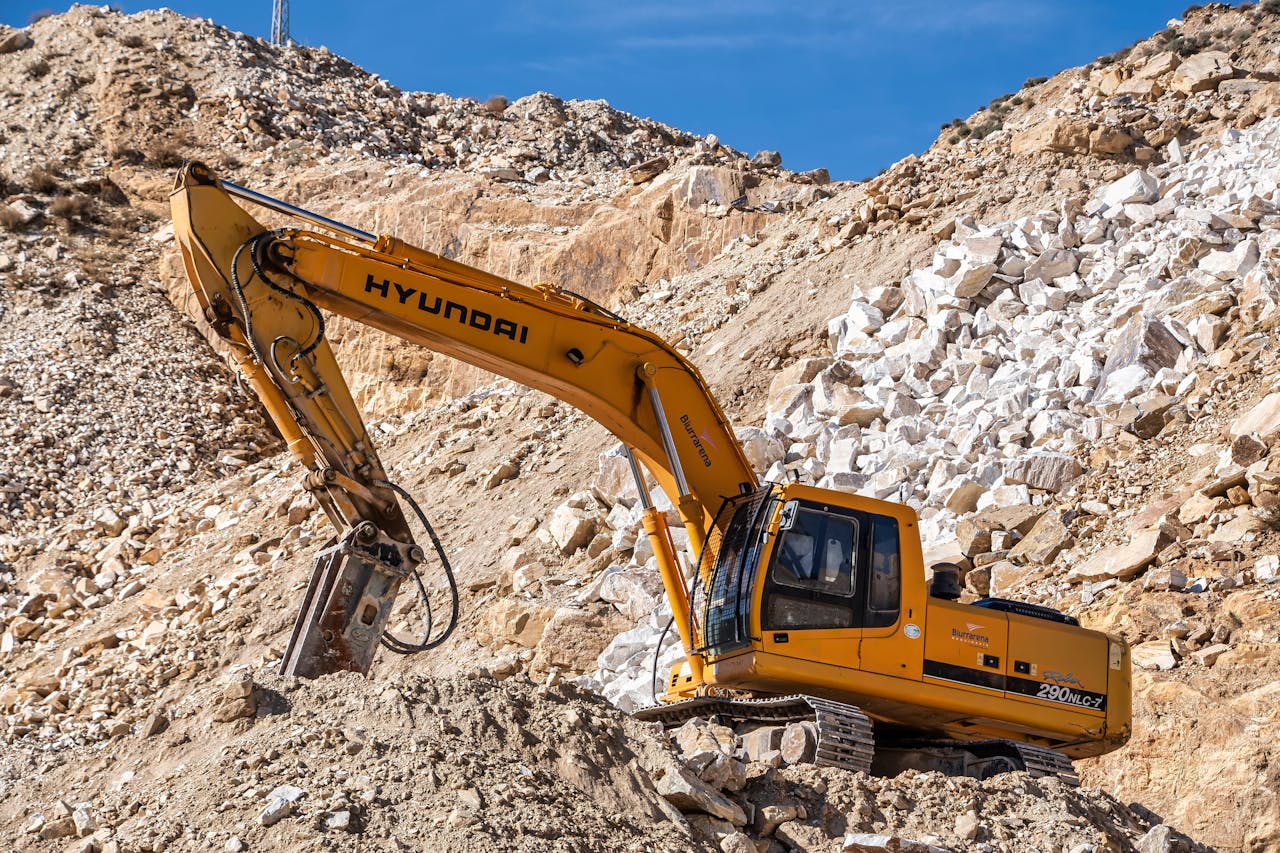
We aim to provide the best quality aggregate for your projects needs.
Call Us : (520)444-4425
Using decorative rock, decomposed granite, crushed stone, and gravel, in your landscaping saves you time and money but can also increase property value. The grass is great and a healthy lawn is a vital part of most homes, but usually best for small areas in the back yard to relax on. In front and side landscape area it requires regular mowing, fertilizer, and irrigation that can be eliminated. Did you know it takes 35,000 gallons per year to properly water 1,000 sq feet of turf, while low water use plants use only 15,000 gallons or less for the same amount of space? Reducing the amount of water, fertilizer, and pesticides means landscaping with rock is also better for our environment.
- Driveway Gravel
- Walkways
- Front & Back Yard
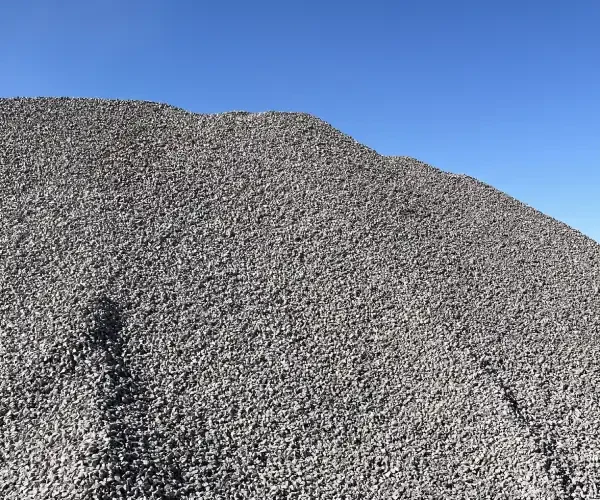
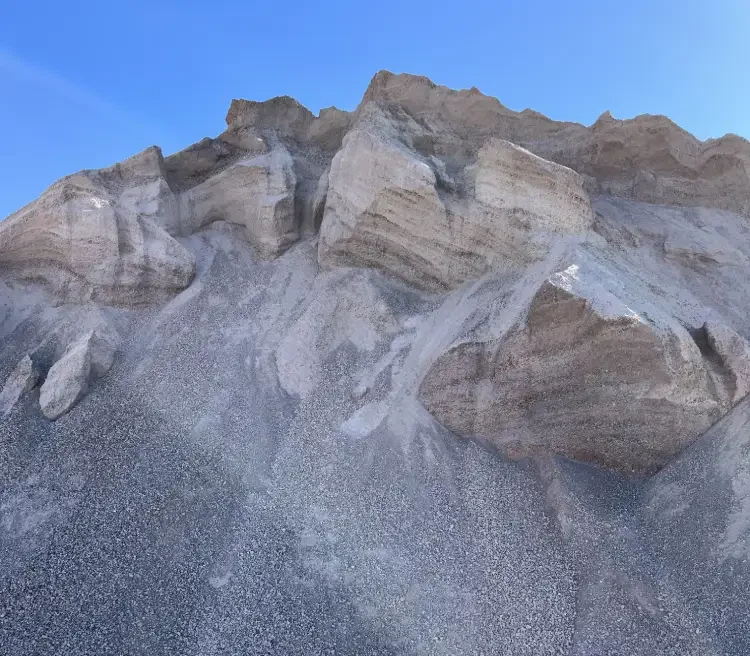
Aggregate base course also known as ABC is just that. It is the choice of engineers and construction designers to create a solid base underneath proposed hard scapes such as concrete slabs, pavers asphalt parking lots and roadways. The very strict sieve requirements ranging from 1 inch to 200 mesh create a material that can be compacted to 100% compaction and a trusted base course for your construction project.
Aggregate base course (ABC), also known as road base, is a mixture of gravel and sand that’s used as a foundation material for roads, buildings, and other structures. It’s made from a variety of aggregate rock sizes, from 1 inch down to fine dust, and can come from quarried rock, recycled asphalt, or concrete.
Borrow and fill dirt, also known as structural fill, is a type of soil used in construction and landscaping projects
Fill dirt is often used to:
- Level uneven ground
- Fill in low-lying areas
- Build foundations for roads, buildings, and driveways
- Create raised garden beds and retaining walls
- Improve drainage and prevent water pooling
- Provide a base for pavers and walkways
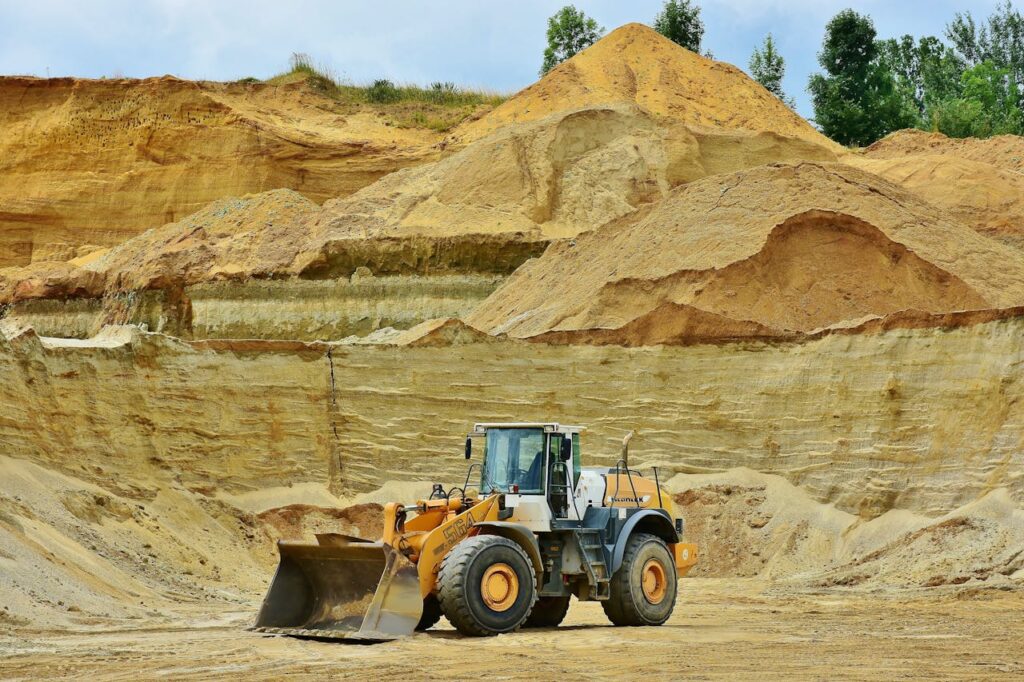
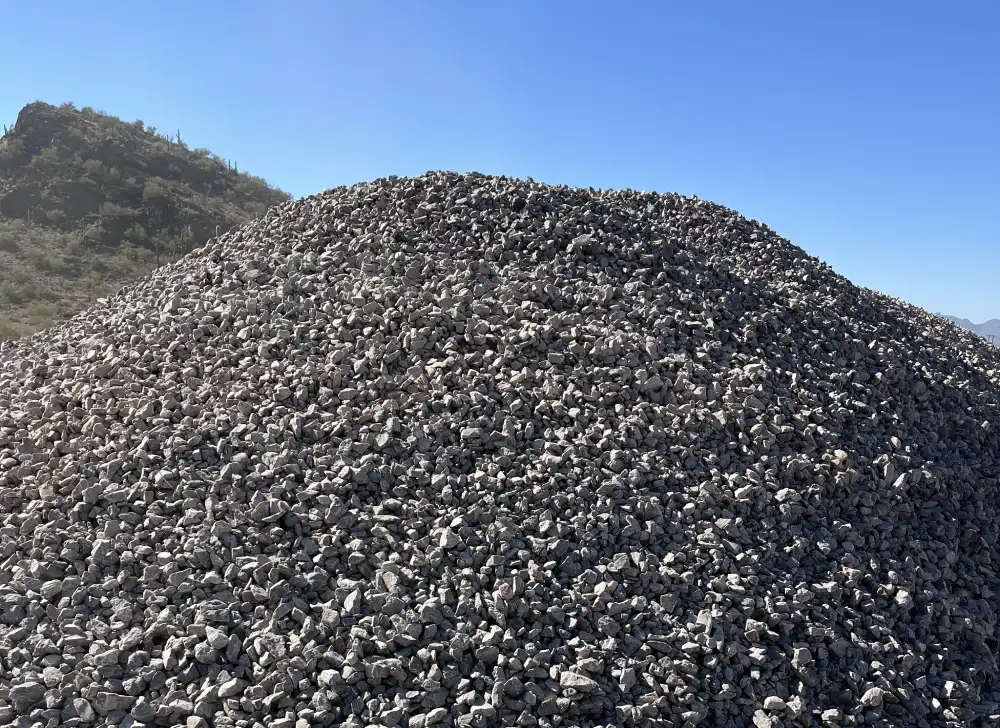
The sizes of our Track Out Rock range from 1.5”- 3” and have an angular shape. It is used to strengthen entrances and exits of construction sites while reducing the amount of dirt, mud, or other sediments that are tracked out by trucks, maintaining the cleanliness of the roadways surrounding the site.
Construction sand and gravel is used to make concrete, for road construction, for mixing with asphalt, as construction fill, and in the production of construction materials like concrete blocks, bricks, and pipes.

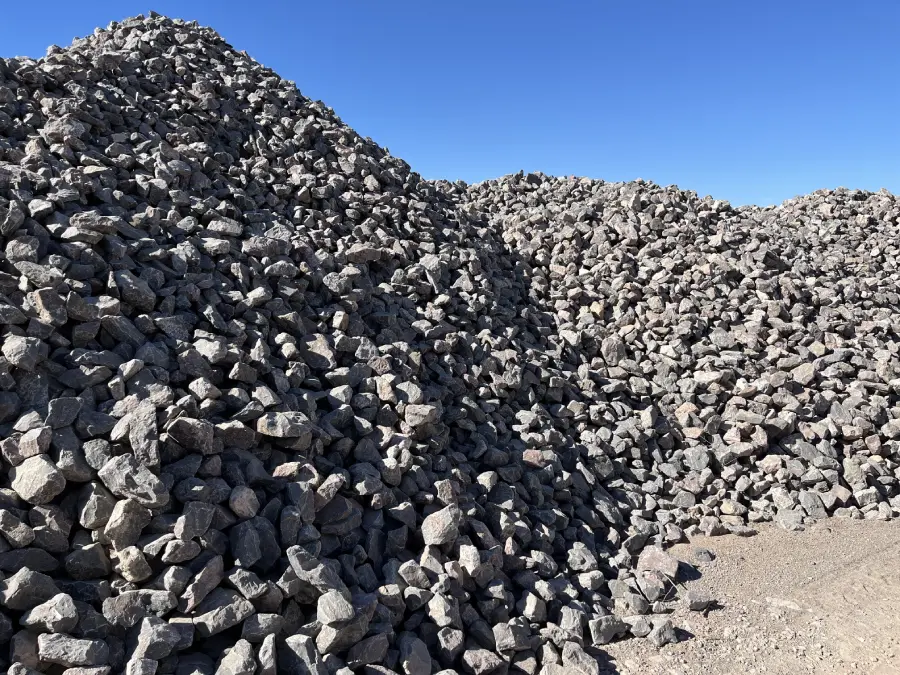
Loose, angular stone that interlocks well to act as ‘armour’ for erosion control. Typically made of granite or limestone, but can also be made from a number of other rock types. This will vary location to location.
- Erosion control
- Sea walls
- River bank lining for stabilization
- Bridge abutments
- Gabion baskets
- Slope stability
- Channel flow control
- Jetties
- Shoreline Protection
- Railroad ballast
- Lining for roads, driveways and parking lots
- Inlets and outlets for culverts and storm pipes/drains
Boulders are great for sturdy and natural retaining walls. This helps prevent erosion caused by high winds, storms, and flooding. Boulders can also be used for a series of retaining walls on a sloped property
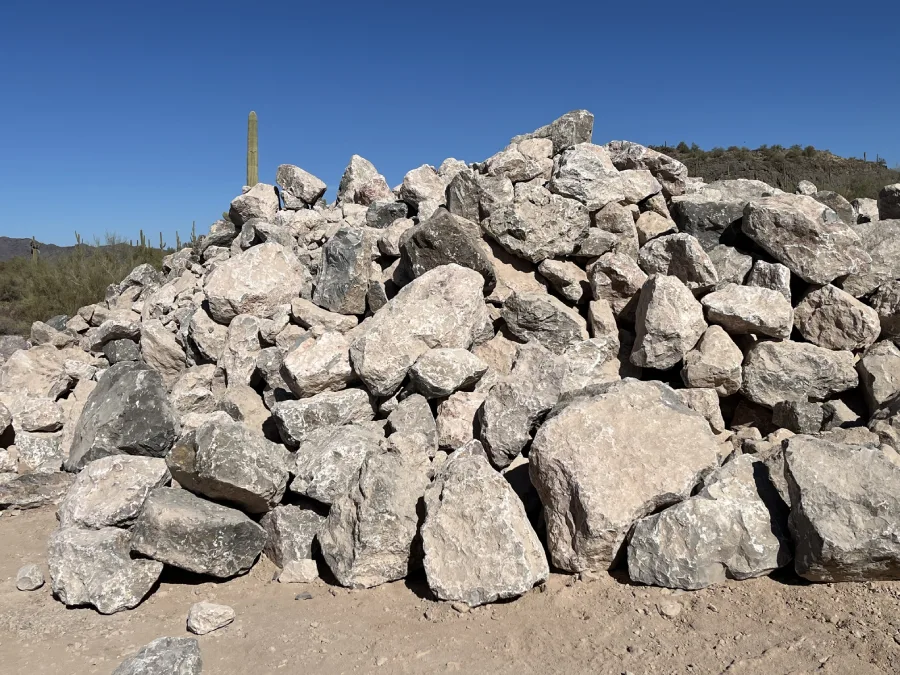
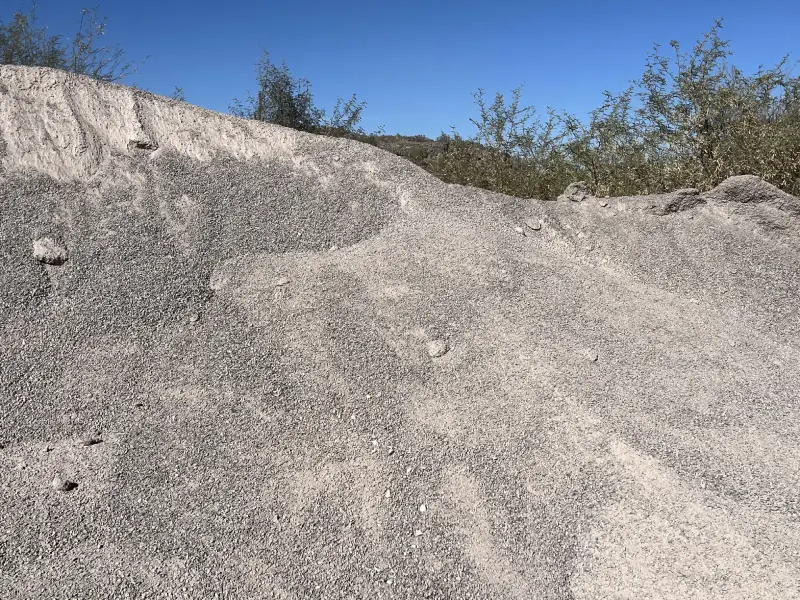
3/8 Chips are often used for more above-ground applications due to their size. It is frequently used to enhance flowerbeds or gardens, pathways, dog runs, playgrounds, patios, and a variety of other high-traffic areas. It can also be utilized for underground tasks like pipe bedding and drainage.
Riprap is a layer of large stones that protects soil from erosion in areas of high or concentrated flows. It is especially useful for armoring channel and ditch banks, among other features. Construction staff may also pair riprap with other stormwater control measures to reduce stormwater flow rates.
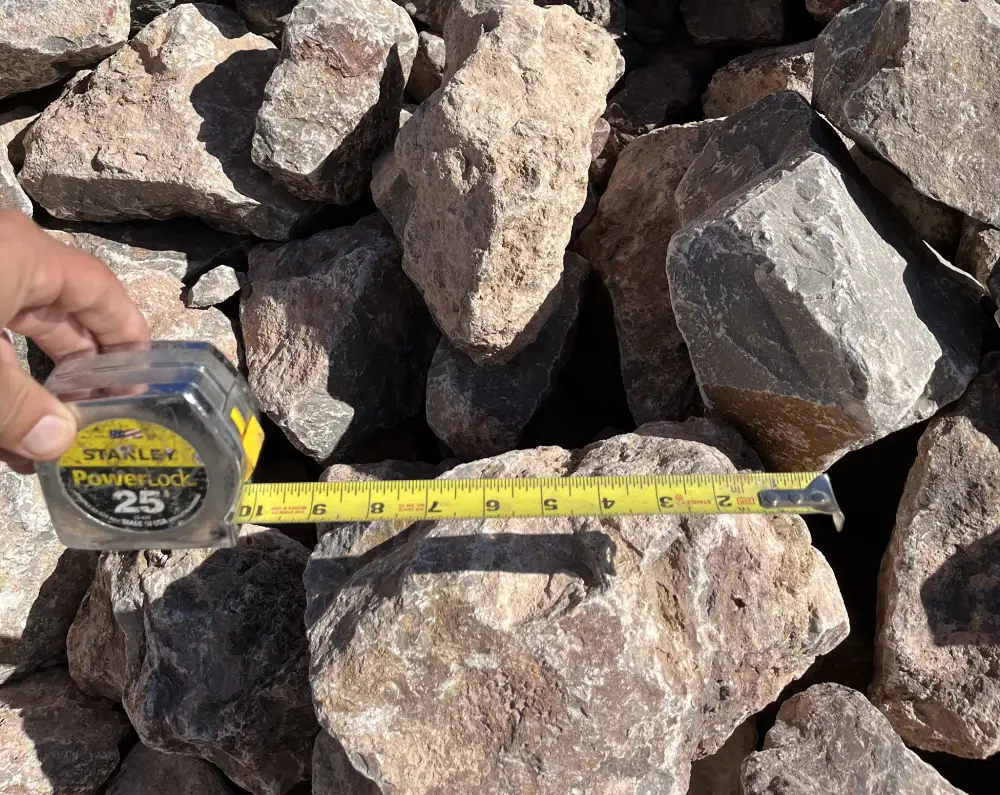
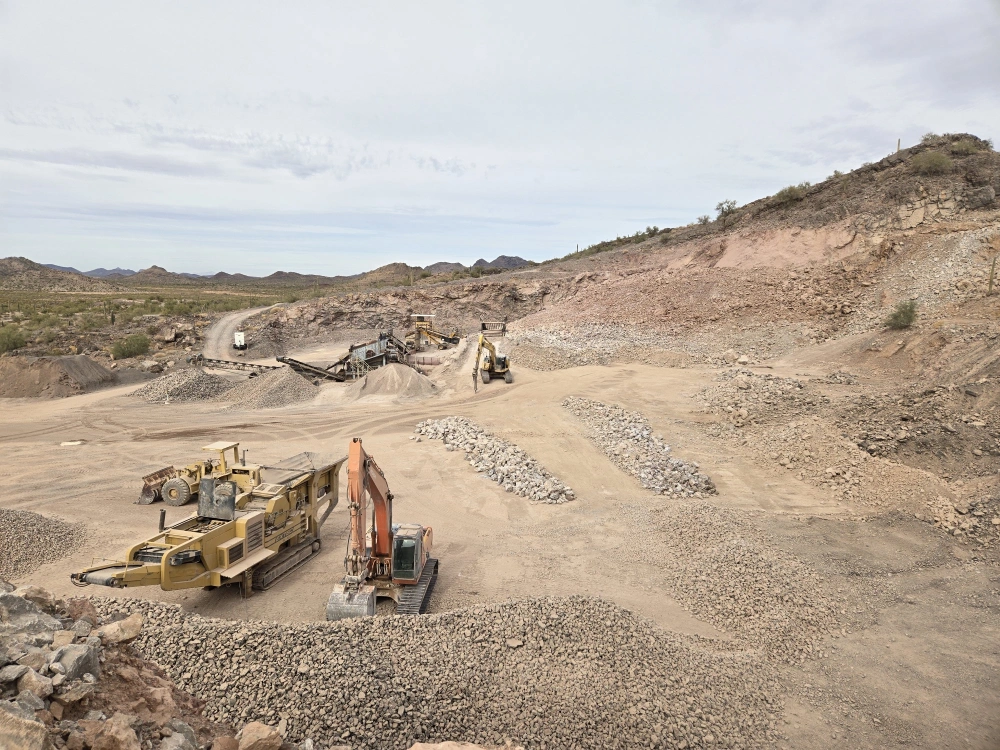
Riprap (in North American English), also known as rip rap, rip-rap, shot rock, rock armour (in British English) or rubble, is human-placed rock or other material used to protect shoreline structures against scour and water, wave, or ice erosion.
Rip rap is an essential erosion control material. It’s made of water-resistant sediment—usually limestone or a similar material—that mines can sort into different sizes for various uses.